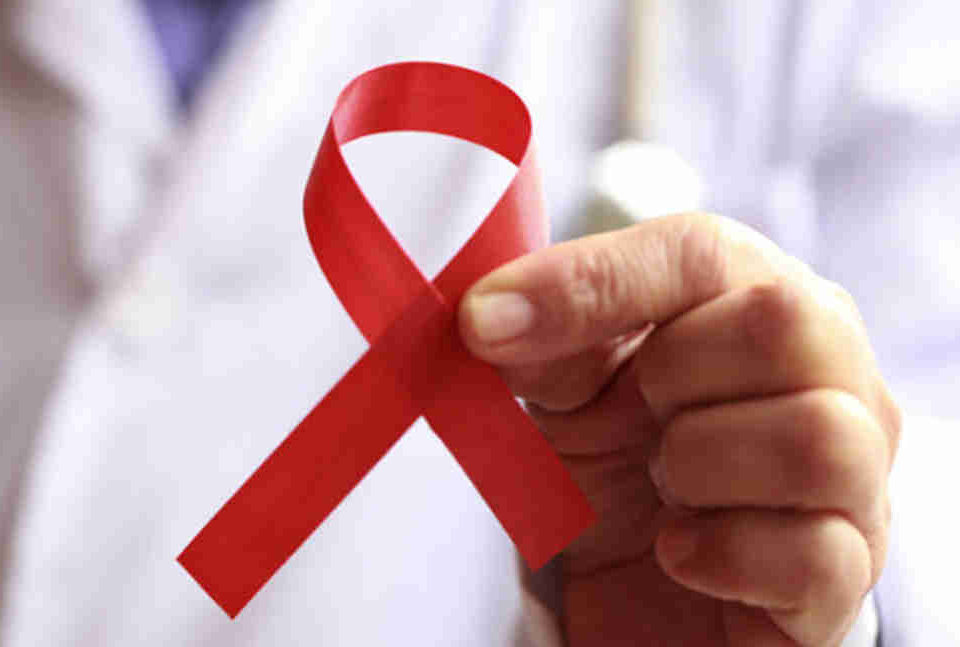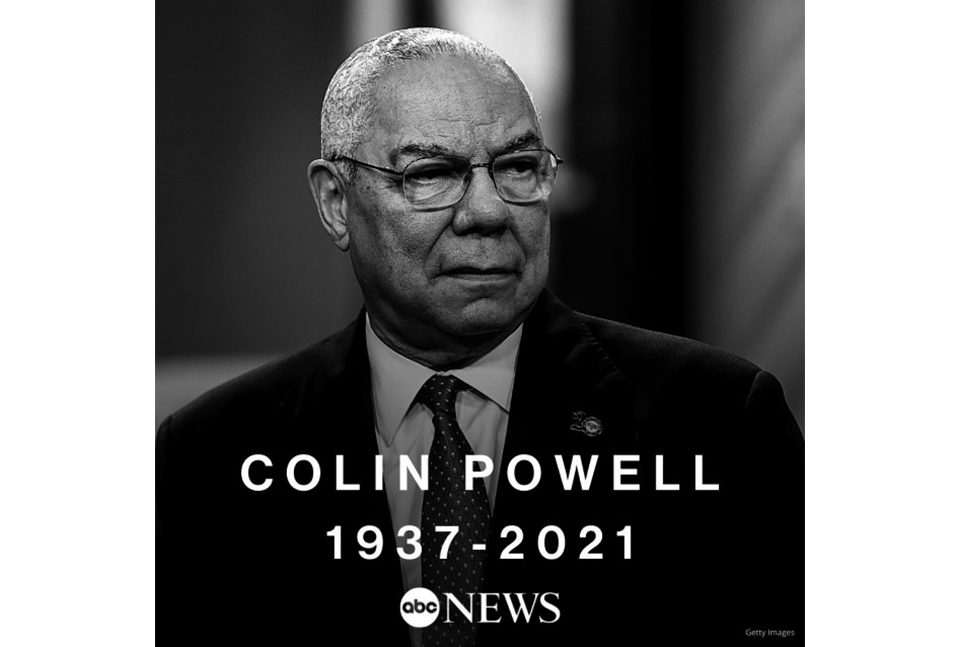- 如有疑问,请联系电邮
- customer@ihealth66.com
USNEWS:过滤过的香烟会降低患肺癌的风险吗?

USNEWS:氡暴露会导致肺癌吗?
2019年4月16日
USNEWS:戒烟可以降低患肺癌的风险!
2019年4月18日By Kathleen Hall
你知道吸烟是肺癌(以及其他许多严重疾病)的头号危险因素。然而,如果你选择吸烟,你可能想知道过滤香烟是否比未过滤香烟更安全?可惜不是。事实上,有一项重大的努力正在进行中,那就是说服美国食品和药物管理局禁止带有小孔的香烟过滤器。
1964年,卫生局局长的报告指出吸烟导致肺癌。烟草公司被鼓励改变他们的产品,以减少对吸烟者的伤害。杜克大学戒烟中心的医学主任詹姆斯·戴维斯说。
香烟烟雾中的焦油含有致癌物质,所以降低焦油含量可以降低患肺癌的风险是合理的。为了做到这一点,制造商在过滤器上增加了小孔。当吸烟者吸气时,这些小孔会把外面的空气和烟雾一起吸进来。过滤器有助于捕获焦油,而高度多孔的滤纸也允许有毒化学物质逸出。戴维斯说:“如果你把空气和烟雾结合在一起,你就会期望得到更少的烟雾和更少的致癌物。”
几乎所有出售的香烟都有这种带有孔的过滤器。彼得·希尔兹,俄亥俄州立大学综合癌症中心-阿瑟·g·詹姆斯癌症医院和理查德·j·索洛研究所的首席研究员和副主任。“普通香烟也有;轻烟有,更多一点;超轻香烟则有更多。(滤嘴)让烟更顺滑,所以吸烟者认为(这些香烟)更健康。”
当科学家在一台模拟吸烟的机器上分析过滤过的香烟产生的烟雾时,他们确实显示出更多的空气和更少的焦油。戴维斯说:“每个人都明白(过滤器上的洞)是有帮助的。”
然而,事实证明,当科学家研究人们出生时的肺癌发病率时,他们发现尽管肺癌总体上有所下降,但一种特定类型的肺癌——腺癌的发病率却在上升。
“在60年代和70年代,最常见的肺癌类型是鳞状细胞癌(约占三分之二的病例)。现在,三分之二的男性肺癌是腺癌。自从20世纪70年代女性开始大量吸烟以来,在使用带孔过滤器之后,她们主要发展成肺癌中的腺癌。希尔兹说:“证据非常清楚,腺癌在本不应该上升的时候却在上升。”
希尔兹说,有通气孔的香烟燃烧方式不同。实际上,你会得到更多而不是更少的有害化学物质。此外,由于吸烟者对尼古丁上瘾,而且通过过滤香烟获得的尼古丁更少,因此他们通过更多地吸烟和更大、更深的呼吸来补偿,从而吸入更多的烟雾,更深入地进入肺的最远角落,那里是腺癌易发生的地方。研究人员发现,吸烟机器并不能模拟真实的人是如何吸烟的。
根据戴维斯的说法,很难确定滤过孔与腺癌的高发病率之间是否存在因果关系。“很难说一件事导致另一件事,”他说,“但从我对证据的解读来看,它的证据真的很强有力。当我们看到一种造成真正伤害的强大关系时,我们不会等待(数据显示)大胆的因果关系。科学界应该对此表示关注。”
虽然FDA不能完全禁止香烟,但它有权监管香烟生产,包括这些过滤器。目前还没有证据表明这些洞对健康有益,而且似乎是有害的。希尔兹说:“如果FDA对过滤器进行监管,吸烟者可能会意识到自己在吸烟。”“不要被光滑的烟雾所迷惑。如果(吸烟)更严重,也许(吸烟者)会减少吸烟,或者干脆戒烟。”
卷烟制造商不能用清淡或温和之类的字眼来推销香烟,因此他们通过使用颜色——比如研究表明代表安全的白色——来表示香烟之间的差异,以此来解决这个问题。吸烟者认识到这些差异,当他们选择这些香烟中的一种时,他们相信他们正在吸一种不那么危险的产品。
戴维斯说:“看来这些洞确实有不好的一面。“它们使肺部深处的细胞暴露在致癌物质中,似乎与肺癌的高发病率有关。FDA对此予以关注是明智的。”
戴维斯说:“没有一种香烟是安全的——包括经过过滤的、未经过滤的、或天然的烟草。”“滤过的香烟确实能去除一些致癌物,但是滤过的香烟上的孔看起来会造成其它问题。如果你不得不吸烟,用过滤嘴吸烟会好一点。唯一能改变吸烟引起的危害的方案就是戒烟。69%的吸烟者死于与吸烟有关的疾病。有压倒性的证据表明,吸烟与心脏病、肺病和其它13种癌症有关。现在,有很多很好的方法可以帮助你戒烟。”
YOU KNOW THAT cigarette smoking is the No. 1 risk factor for lung cancer(and a host of other serious diseases). However, if you do choose to smoke, you may wonder if filtered cigarettes are a safer alternative than unfiltered cigarettes. They’re not. In fact, there’s a major effort underway to convince the Food and Drug Administration to ban cigarette filters with holes in them.
In 1964, the Surgeon General’s report stated that smoking caused lung cancer. Tobacco companies were encouraged to make changes in their product to reduce damage to smokers, says Dr. James Davis, medical director at the Duke Center for Smoking Cessation.
The tar in cigarette smoke had known carcinogens (cancer causing agents), so it was a reasonable idea that reducing tar content would lower lung cancer risk. To do this, manufacturers added tiny holes in their filters. When a smoker inhales, these holes bring in outside air along with the smoke. The filters help trap tar, and the highly porous filter paper also allows toxic chemicals to escape. “If you combine air with smoke, you expect to get less smoke and less carcinogens,” Davis says.
Almost all cigarettes sold have these filters with holes, says Dr. Peter Shields, lead investigator and deputy director of The Ohio State University Comprehensive Cancer Center – Arthur G. James Cancer Hospital and Richard J. Solove Institute. “Regular cigarettes have them. Light cigarettes have them, but more. Ultra light cigarettes have them even more. [The filters] made the smoke smoother, so smokers thought [these cigarettes] were healthier.”
When scientists analyzed smoke from filtered cigarettes on a smoking machine – a device that mimics a person smoking – they did show more air and less tar. “It made sense to everyone that [the holes in filters] were helpful,” Davis says.
It turns out, however, that when scientists looked at lung cancer rates by when people were born, they found that despite an overall decrease in lung cancers, the rate of new adenocarcinomas, a certain type of lung cancer, was increasing.
“In the 60s and 70, the most common type of lung cancer was squamous cell carcinomas [which accounted for about two-thirds of cases]. Now, two-thirds of lung cancers in men are adenocarcinomas,” Shields says. Since women really started smoking en masse in the 1970s, after the implementation of filters with holes, they primarily developed adenocarcinomas lung cancers. “The evidence was absolutely clear that adenocarcinomas were going up when they shouldn’t be,” Shields says.
Cigarettes burn differently with ventilation holes, Shields says. You actually get more – not less – bad chemicals. Furthermore, because smokers are addicted to nicotine and get less of it with filtered cigarettes, they compensate by smoking more and taking bigger, deeper puffs, thus inhaling more smoke, more deeply into the far corners of the lungs where adenocarcinomas develop. Smoking machines, researchers learned, do not mimic how real people actually smoke.
According to Davis, it’s difficult to say with certainty if there’s a causal relationship between filter holes and the high rates of adenocarcinomas. “It’s hard to say one thing causes another,” he says, “but by my reading of the evidence, it’s really strong. We don’t wait to see [data showing] bold causality when we see a strong relationship that’s causing real harm. The scientific community should be concerned.”
While the FDA can’t outright ban cigarettes, it has the jurisdiction to regulate cigarette manufacturing, including these filters. There’s no evidence that the holes help or provide a health benefit, and it appears they’re harmful. “If the FDA regulates filters, smokers may be cognizant of what they are smoking,” Shields says. “Don’t be fooled by smooth smoke. If [the smoke] is harsher, maybe [smokers will] smoke less or quit altogether.”
Cigarette manufacturers cannot use terms such as light or mild to market cigarettes, so they work around this by using colors – such as white, which research suggests signifies safety – to signify differences among cigarettes. Smokers recognize these differences and, when they choose one of these cigarettes, believe they’re smoking a less dangerous product.
“It appears there are real downsides to the holes,” Davis says. “They expose cells deep in the lungs to carcinogens and appear to be related to higher incidence of lung cancer. The FDA would be wise to pay attention.”
“There are no cigarettes that are safe – filtered, unfiltered, natural tobacco,” Davis says. “Filtered cigarettes do remove some of the carcinogens, but the holes in the filters look like they are causing problems. If you have to smoke, it’s a little better to smoke with a filter. The only smoking change that makes a difference is quitting. Sixty-nine percent of smokers die of an illness related to smoking. There’s overwhelming evidence that smoking is associated with heart disease, lung disease, 13 types of cancers. Nowadays, there are terrific ways of getting help to quit.”





